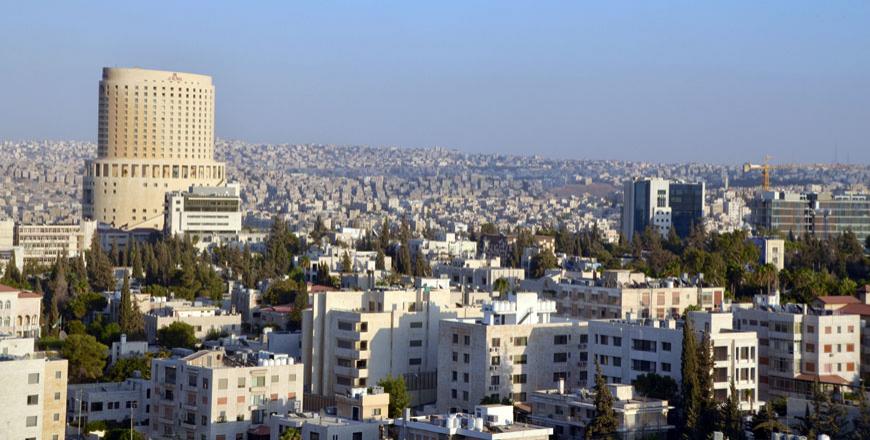
Education Access for Refugees in Jordan
By Semhal Tsegaye
[divider]
[dropcap]M[/dropcap]unah and her sisters smile shyly at the waiting volunteers as they enter the green-walled activity room at the Collateral Repair Project (CRP) in Amman, Jordan. The center is located in East Amman, an area populated heavily by Syrian and Iraqi refugees, and serves hundreds of Syrian and Iraqi families fleeing the violence that has ravaged their homelands.
Munah, her sisters, and other Syrian and Iraqi youth are participating in CRP’s Children’s Activities Camp. Launched in July 2014, the program provides the center’s youth with fun, educational activities that supplement the education they receive in school. In many cases, however, these activities are the only exposure youth have to a structured, educational program. According to a 2014 UNHCR study, only about 53 percent of school-aged Syrian refugees in Jordan living outside of camps are enrolled in school.
Three years ago, Munah and her family escaped the violence in Syria and moved to Jordan. Like many other refugees, they likely didn’t anticipate an extended stay, hoping instead to return to their home countries or re-settle in the U.S, Canada, or Europe. This perception of Jordan as a temporary shelter is one of the many reasons that refugee families decide not to enroll their children in school. Moreover, in order to enroll in Jordanian public school, children must have received formal education at some point in the previous three years. Considering many Syrian youth haven’t attended school since the war’s inception in 2011, many have become ineligible to enter the Jordanian education system.
For those refugee students who can enroll, Jordan has implemented a double-shifting system by which Jordanian students attend school in the morning and Syrian students attend in the afternoon. According to the Jordan Times, 98 schools operate on this system, accommodating about 130,000 Syrian students. However, by the afternoon, teachers are often tired and less able to meet their class’s needs. For Syrian students adjusting to a different school system and processing traumatic experiences, such learning environments are inadequate.
An additional complication is the cost of books, uniforms, and transportation. While public school itself is free, these additional fees can be prohibitive for refugee families who are not legally allowed to work in Jordan. Unfortunately, refugee families often rely on their children—who can more easily evade the authorities—to work and support the family; this practice nudges students even further away from meaningful classroom experiences.
For those who enroll in public school, the learning curve is steep. One of the most significant adjustments refugee students undertake is preparing for the Tawjihi, a Jordanian exam administered in secondary school that determines whether students can enroll in state university. While Jordanian students have years of preparation for the exam, refugees often struggle to catch-up. Moreover, those hoping to leave Jordan may not wish to take these exams; indeed, even if they do, they will not be able to use this education to get a job in the country.
Public schools also lack programs to address the psychosocial needs of their refugee students. Refugee youth often come from war-torn places where they have witnessed and experienced tremendous violence and tumult. These experiences destabilize the foundation of mental health that young people need for school to be a fruitful experience.
Organizations, such as Questscope and UNESCO, are providing non-formal education for refugee youth to meet the needs that public schools cannot fulfill. CRP is focusing on enrolling refugee youth in public school while providing after-school activities that address literacy, numeracy, creativity & wellness, and interpersonal skills; the hope is to supplement school or, in some cases, be the primary source of education for Syrian and Iraqi youth. However, with no viable path to employment in Jordan and numerous obstacles to resettlement, Munah and many like her face an uncertain future. The adverse effects of displacement that plague refugee youth are compounded by a lack of adequate education. It will take a conjoined effort from the Jordanian government, the international community, and organizations such as CRP to ensure that the effects of turbulence in Jordan’s neighboring countries do not endure.
[hr]
Semhal Tsegaye is a senior in Timothy Dwight College. Contact her at semhal.tsegaye@yale.edu.